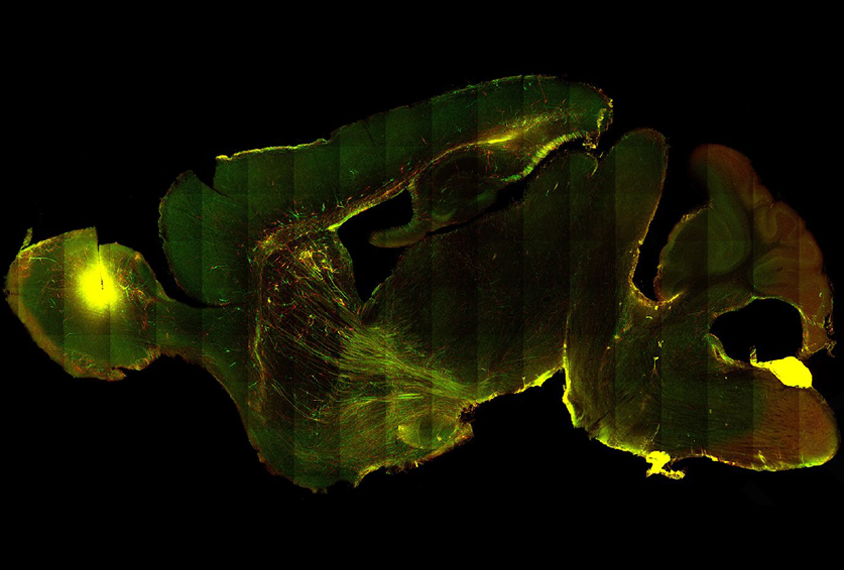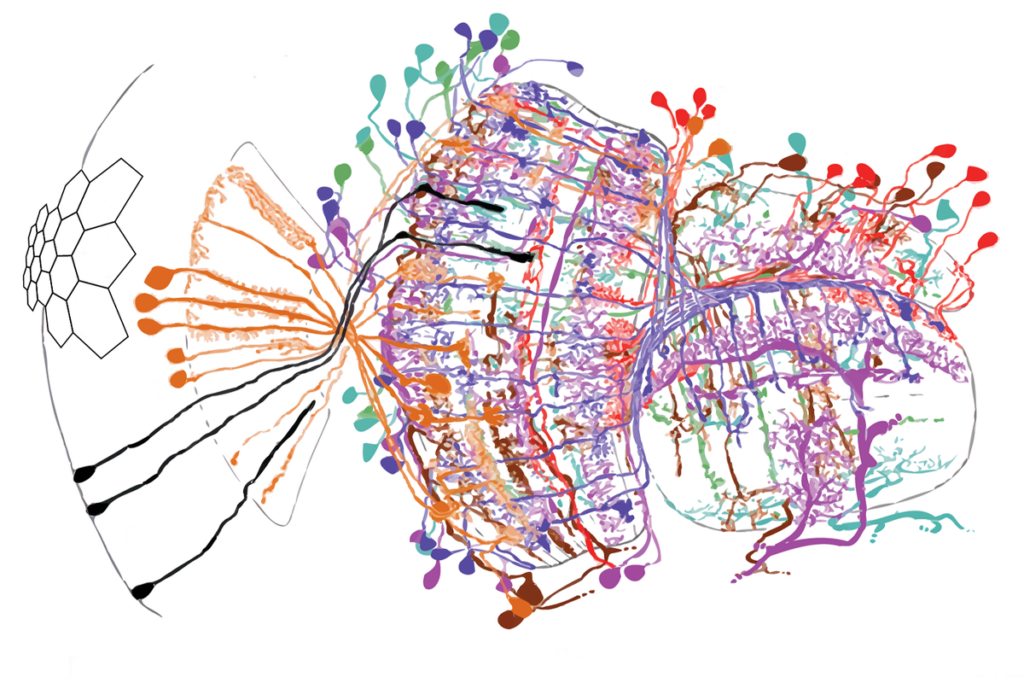Emma Yasinski is a freelance writer covering biology, neuroscience and medicine. Her stories have appeared in The Scientist, Discover Magazine, Smithsonian Magazine, Kaiser Health News and other publications. Yasinski has an M.Sc. in science and medical journalism from Boston University and a B.S. in neuroscience from Lafayette College in Easton, Pennsylvania.

Emma Yasinski
Contributing writer
From this contributor
Parental care may sculpt brain development in prairie voles
Voles reared primarily by their fathers show altered synapse density.

Parental care may sculpt brain development in prairie voles
Social-pragmatic difficulties common with autism, other diagnoses
A standard questionnaire can help identify social (pragmatic) communication disorder more readily in school-age children.

Social-pragmatic difficulties common with autism, other diagnoses
Fragile X neurons develop atypically in chimeric mice
After a brain transplant of reprogrammed human cells, the animals can for the first time recapitulate some neuronal changes seen in people with fragile X syndrome.

Fragile X neurons develop atypically in chimeric mice
Inflexible thinking in adolescence linked to emotional, behavioral issues in adulthood
Treating cognitive inflexibility — for example, by practicing problem-solving — might help ease anxiety and depression in autistic people.

Inflexible thinking in adolescence linked to emotional, behavioral issues in adulthood
Mutations linked to autism may be detectable in men’s sperm
An advanced DNA-sequencing technique has identified gene-damaging mutations, some with ties to autism, in about 1 in 15 men.

Mutations linked to autism may be detectable in men’s sperm
Explore more from The Transmitter
Thinking about thinking: AI offers theoretical insights into human memory
We need a new conceptual framework for understanding cognitive functions—particularly how globally distributed brain states are formed and maintained for hours.

Thinking about thinking: AI offers theoretical insights into human memory
We need a new conceptual framework for understanding cognitive functions—particularly how globally distributed brain states are formed and maintained for hours.
Connectomics 2.0: Simulating the brain
With a complete fly connectome in hand, researchers are taking the next step to model how brain circuits fuel function.

Connectomics 2.0: Simulating the brain
With a complete fly connectome in hand, researchers are taking the next step to model how brain circuits fuel function.
CDC autism prevalence numbers warrant attention—but not in the way RFK Jr. proposes
The head of the U.S. Department of Health and Human Services is ignoring decades of research findings.

CDC autism prevalence numbers warrant attention—but not in the way RFK Jr. proposes
The head of the U.S. Department of Health and Human Services is ignoring decades of research findings.